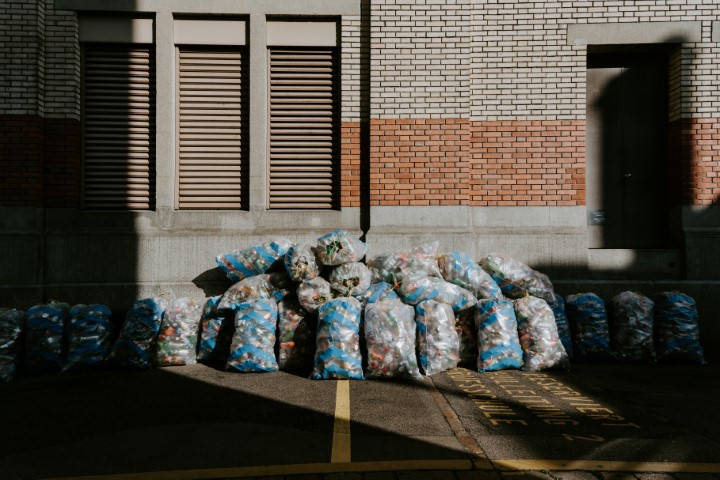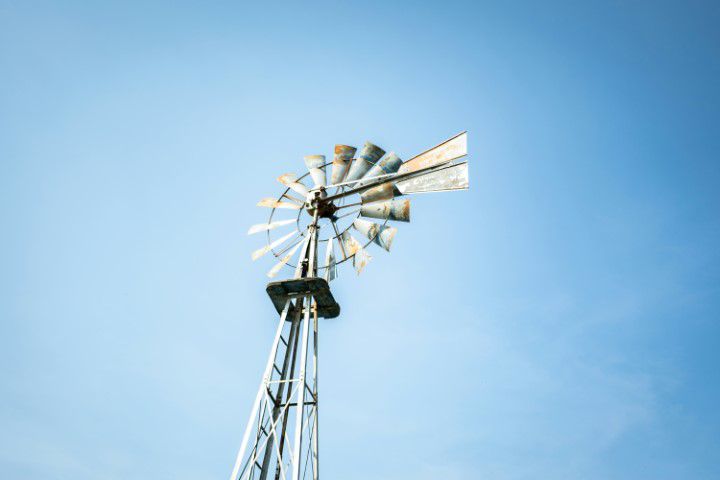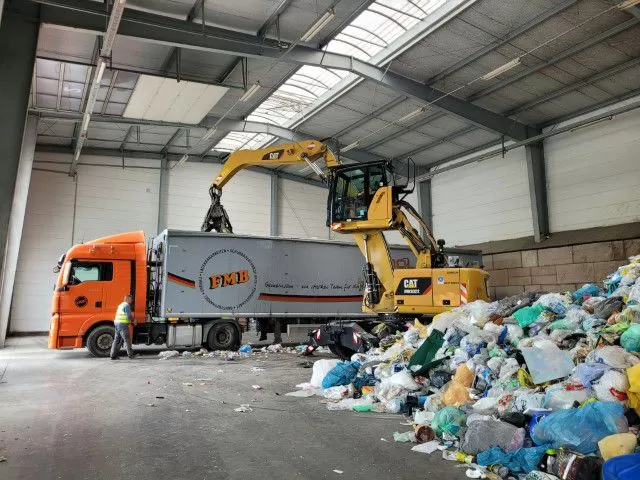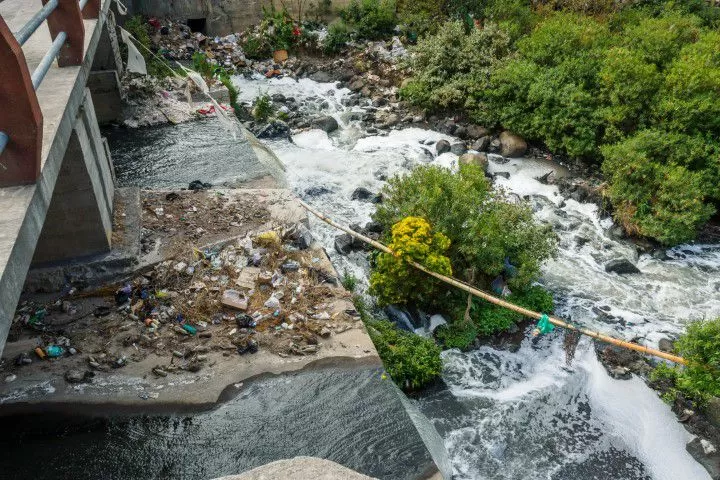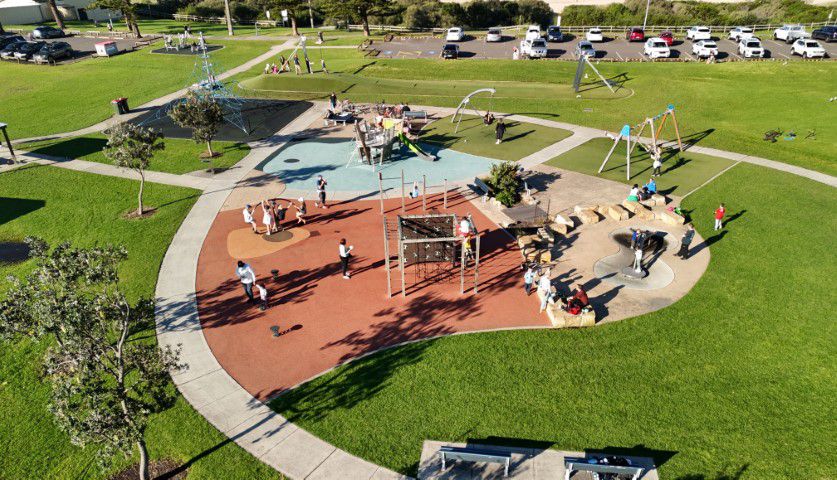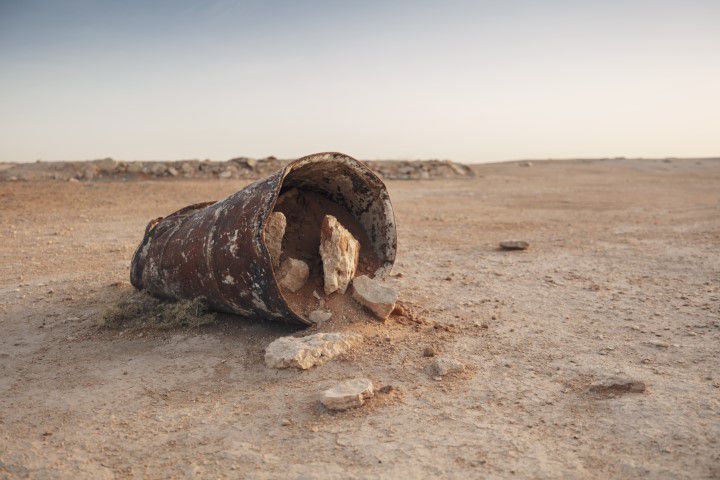
Let’s talk about trash. It’s not the most glamorous subject, but the history of how we’ve dealt with waste is fascinating, especially when you look at Australia’s journey into the world of landfills, or as we like to call them, rubbish tips. From ancient beginnings to modern-day waste management, the evolution of rubbish tips is a story of innovation, necessity, and a bit of trial and error. So, grab a cuppa and let’s dive into the dirty history of rubbish disposal and how Australia eventually joined the tip revolution.
Ancient Origins: The First Rubbish Tips
Believe it or not, the concept of burying waste isn’t a modern invention. It dates back thousands of years to ancient civilisations. The people of Knossos in Crete, around 3000 B.C., were some of the first known to dig large pits where they buried their refuse. The ancient Greeks and Romans followed suit, designating specific areas outside their cities for dumping rubbish. These early forms of landfilling were primitive, but they marked the beginning of a method that would be used across the globe for centuries.
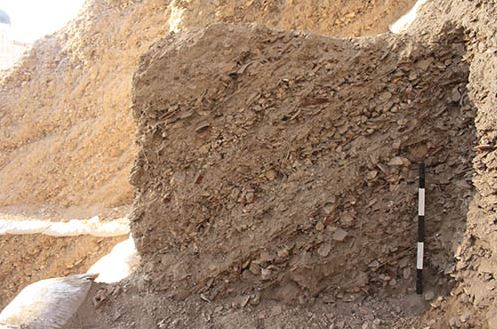
These early rubbish tips weren’t exactly sanitary. Waste was piled up without much thought for the consequences, leading to unsightly and often unhealthy conditions. It wasn’t until the 20th century that the idea of a more organised, sanitary landfill came into play.
The Birth of the Modern Landfill: A British Invention
Fast forward to the 1920s in England, where the modern sanitary landfill was born. The Brits, always ahead of the curve, came up with the idea of layering waste with soil to control odours, reduce pests, and prevent the spread of disease. This new method was a significant step forward from the ancient rubbish tips, offering a more controlled and hygienic way to deal with waste.
The term “sanitary landfill” started to gain traction by the mid-20th century, particularly in the United States, where the method was adopted and further refined. This system focused on public health, aiming to contain waste effectively to prevent environmental contamination.
When Did Australia Jump on the Landfill Bandwagon?
Australia, with its unique landscape and growing population, faced its own waste management challenges. As cities expanded, so did the need for an organised system to manage the increasing amounts of rubbish. The early settlers often disposed of waste by simply dumping it in open pits or using it as landfill for reclamation projects. However, as urban areas grew, these methods became unsustainable.
It wasn’t until the mid-20th century that Australia began to seriously adopt the modern landfill practices that had already taken hold in other parts of the world. The post-war boom brought rapid urbanisation, and with it, a pressing need for more effective waste management solutions.
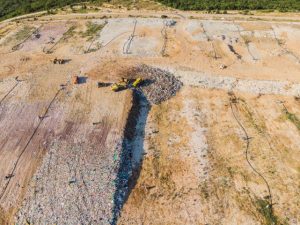
In the 1950s and 60s, Australian cities started developing their own sanitary landfills, following the British model. These early landfills were basic compared to today’s standards, but they marked a shift towards more structured waste disposal practices. Cities like Sydney and Melbourne began to close down their open dumps, replacing them with landfills that were designed to minimise environmental impact.
The Evolution of Australian Landfills: Going Green
By the 1970s, environmental awareness was on the rise globally, and Australia was no exception. The introduction of stricter regulations meant that landfills had to meet new standards to protect the environment. This included the use of liners to prevent leachate (the toxic liquid produced by decomposing waste) from contaminating groundwater, and the installation of methane capture systems to reduce greenhouse gas emissions.
Today, Australian landfills are highly regulated and managed with a focus on sustainability. Many landfills have evolved into resource recovery centres, where recyclable materials are separated from general waste to reduce the amount of rubbish that ends up buried. Modern landfills also incorporate waste-to-energy technologies, turning the methane gas produced by decomposing waste into electricity.
The Future of Waste in Australia
Australia has come a long way since the days of dumping waste in open pits, but the journey isn’t over yet. As the population continues to grow and environmental concerns become more pressing, the country faces new challenges in waste management.
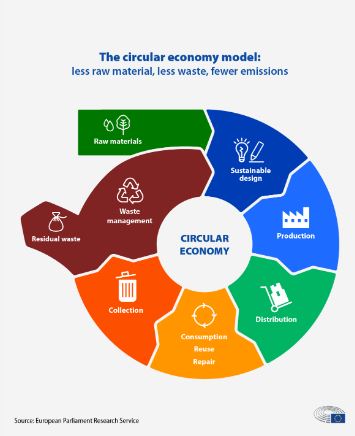
There’s a growing push towards reducing waste at the source, increasing recycling rates, and developing more advanced technologies to manage waste sustainably. The concept of a circular economy, where products are designed to be reused and recycled rather than disposed of, is gaining traction. This approach could significantly reduce Australia’s reliance on landfills in the future.
So, What’s Next?
While landfills will likely remain a part of Australia’s waste management strategy for some time, the focus is shifting towards more sustainable practices. From ancient rubbish tips to high-tech waste management systems, the evolution of how we deal with trash is a testament to human ingenuity. And as Australia continues to innovate, the future of waste management looks cleaner, greener, and a whole lot smarter. So, next time you toss something in the bin, remember the journey it’s about to take—and the long history behind it.

Matt Flare was born and raised in the Northern Sydney beachside suburbs and is fascinated by how our society handle the millions upon millions of tonnes of waste we produce every day.
How to Reduce Your Household Waste: Tips Before You Head to the Tip
Picture this: it’s the year 2050, and Australia has officially…
The Future of Waste Management in Australia: Are We Ready for Zero Waste?
Picture this: it’s the year 2050, and Australia has officially…
Australia’s Most Innovative Landfill Projects
When you think of a rubbish tip, what comes to…
Illegal Dumping: How It’s Affecting Our Aussie Communities
Imagine you’re out for a morning jog, enjoying the fresh…
How Some Aussie Landfills Are Being Transformed Into Community Parks
Landfills aren’t exactly known for their beauty. They’re where we…
$100 Million Worth Of Art Dumped At A Tip
Imagine this: a hidden fortune worth $100 million, buried beneath…

